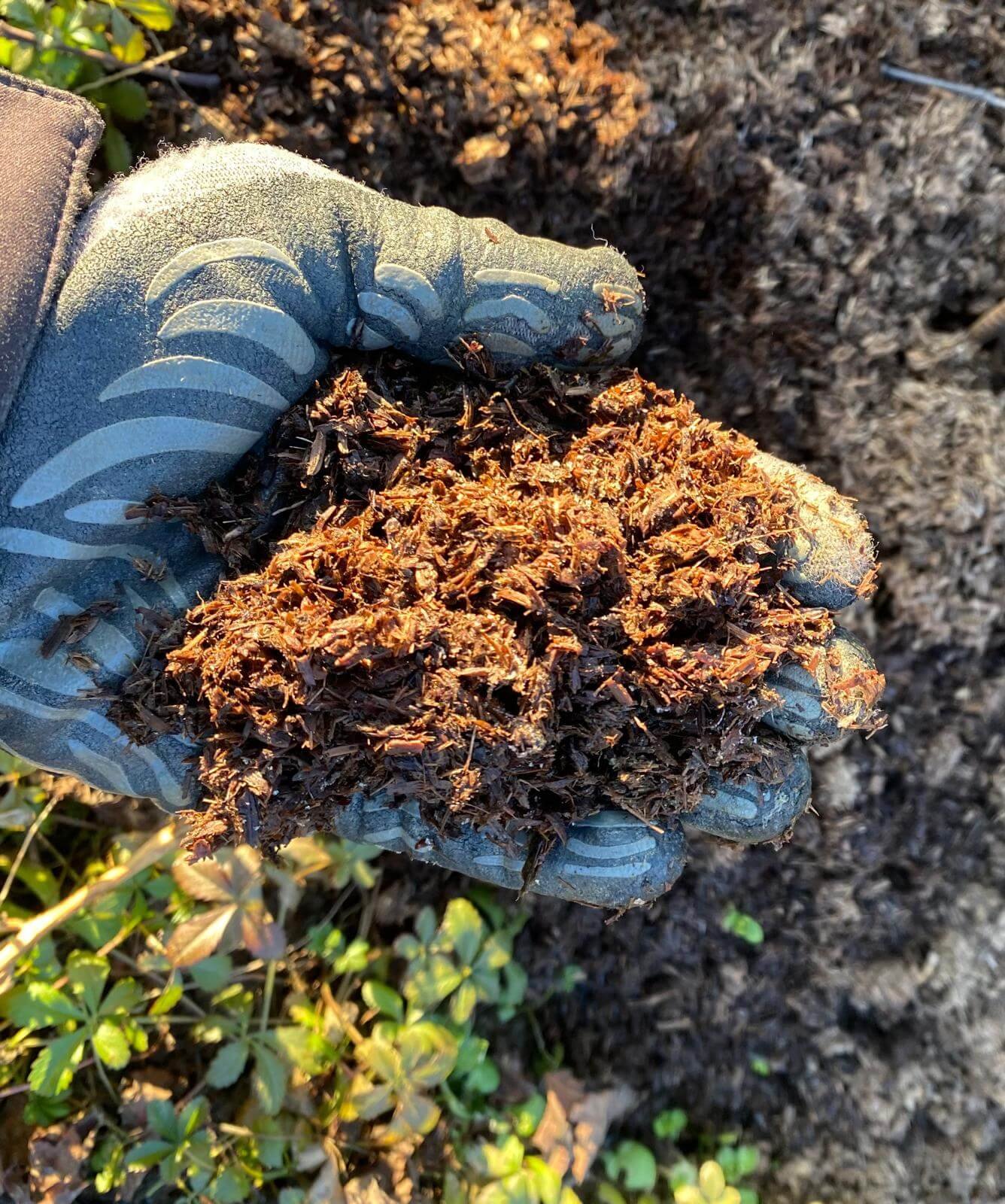The soil is the great connector of our lives, the source and destination of all.
Wendell Berry
The concept of biological soil fertility
The soil is the most important asset of a farm. In it we find much of the planet’s biodiversity in terms of living organisms. For example, it has been estimated that there are more living organisms in a tablespoon of soil than people on Earth. The living component of soil has been greatly revalued in recent years, precisely because the variety and diversity of organisms in soil is very high.
Different types of fertility
In agricultural soil, fertility can be understood as the capacity of the soil to make crops productive.
This capacity is normally associated with the concepts of chemical fertility, understood as the sum of the nutrients that can be assimilated by the crop, and physical fertility, which includes properties such as soil structure and texture.
Less frequently, on the other hand, productivity is associated with the concept of biological fertility, by which one wants to characterise the microbial component of soils.

The role of micro-organisms
Micro-organisms perform numerous functions, intervening in both pedogenetic processes and plant nutrition. The main processes of soil metabolism related to microbial activity are the mineralisation of organic matter, nitrogen synthesis and humus formation.
Microorganisms also act on the mobilisation of various mineral elements (e.g. phosphorous) and interact with plant roots to form a network of biological activities.
One can, therefore, consider the biological fertility of the soil as a set of ecosystem processes and services in which the functions of the soil are linked to the organisms living in it. The richer an environment is in biodiversity, the more stable it is and the more resistant it is to negative pressures from outside.
Biological soil analysis: biological indices
The biological analysis of a soil consists of measuring the quantity and vitality of soil microorganisms. We are able to provide this information through the identification and study of certain biological indices:
- Synthetic Index of Soil Fertility (IBF): allows the fertility class of a soil to be defined on a scale of 1 to 5;
- Microbial Biomass Analysis: measures the quantity of microorganisms in the soil;
- Estimated microbial biomass: expresses the level of biomass expected for a given soil type and is calculated through a complex mathematical model using neural networks (Pellegrini et al., 2021)

What is the use of this valuable information? The set of measured data is crucial for understanding how to:
- safeguard soil structure
- balance soil fertility;
- optimise fertiliser use;
- ensure vineyard productivity is maintained;
- improve the health and quality of production.
Biological fertility, together with chemical and physical fertility, constitutes the agronomic or integral fertility on which productivity depends.. Good soil fertility management, therefore, can help reduce soil, water and air pollution, regulate water availability, support a diverse and active biotic community, increase plant cover and enable a carbon-neutral footprint.









